Duct chimneys are quieter than ductless ones. In the ductless chimney, the exhaust fan spins very fast so it generates a lot of noise. Whereas, in duct chimneys, the exhaust fans are slower and generate less noise.
Duct chimneys also have filters that help to remove smoke and other pollutants from the air before it is expelled outside.
Ductless chimneys, on the other hand, do not have any filters. This means that the air that is expelled from them is not as clean as the air from duct chimneys.
Another difference between duct and ductless chimneys is that duct chimneys can be vented through an existing hole in the wall or ceiling, while ductless chimneys need to be installed with their own venting system.
So let’s move to a complete comparison of duct vs ductless chimneys and see what are the significant differences.
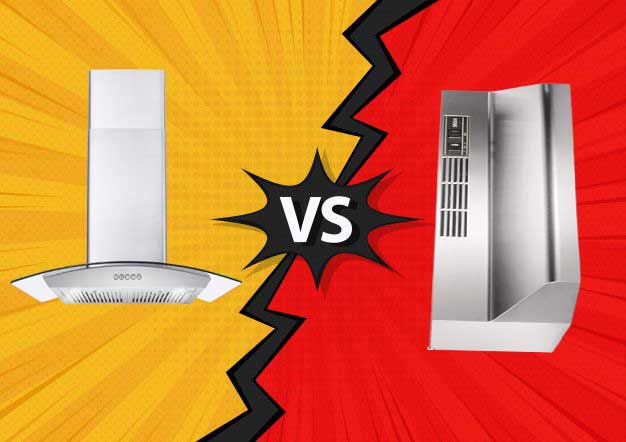
What is a Ductless Chimney?
A ductless chimney is a type of chimney that does not require a duct system in order to function. This means that the chimney can be placed directly against the outside wall of the home, without the need for a hole to be cut in the wall or ceiling. Ductless chimneys are also much easier to install than traditional chimneys, and they are less likely to leak.
These chimneys are based on exhaust fans that are either recessed into the ceiling or mounted on the outside of the house. The ductless chimney has an inner and outer liner, with a space in between for insulation.
The outer liner is made of stainless steel or aluminum, and the inner liner is made of ceramic. The space between the liners is filled with insulation, which helps to keep the heat in and the cold out.
The biggest advantage of a ductless chimney is that it does not require a separate duct system. This means that the chimney can be placed directly against the outside wall of the home, without the need for a hole to be cut in the wall or ceiling.
Ductless chimneys are also much easier to install than traditional chimneys, and they are less likely to leak.
Ductless chimneys are available in a variety of sizes, so they can be used in homes of all sizes. They are also available in a variety of colors and styles, so they can be used to match the décor of any home.
Pros and Cons of Ductless Chimneys
There are both pros and cons to using a ductless chimney. Some of the pros include:-They are easier to install than traditional chimneys
Pros
- They do not require a separate duct system
- They are less likely to leak
Cons
- They may not be as effective at venting smoke and other pollutants
- They may be more expensive than traditional chimneys
- They may not be available in a style or color that matches your home
If you are considering adding a chimney to your home, or if you are considering replacing your existing chimney, you should weigh the pros and cons of both ductless and traditional chimneys before making a decision.
What is a Duct Chimney?
A traditional chimney is a type of chimney that requires a duct system in order to function. This means that the chimney must be placed in a hole that has been cut in the wall or ceiling, and the ductwork must be installed around it in order to allow the smoke and fumes to be drawn up and out of the building.
Duct chimneys are typically made from metal, although some may also be made from stone or brick. The most common type of metal used for duct chimneys is stainless steel, although other metals such as aluminum or galvanized steel may also be used. The advantage of using a metal duct chimney is that it will not corrode or deteriorate over time as other materials can.
Pros and Cons of Duct Chimneys
Pros
- One of the main advantages of using a duct chimney is that it can be installed in any type of building, including those made from wood or other combustible materials. This means that the risk of fire is greatly reduced, as there is no direct connection between the chimney and the rest of the structure.
Cons
- One of these is that they can be more expensive to install than other types of chimneys. This is because the ductwork required to install them can be quite complex and time-consuming to install. Additionally, if the chimney is not properly sealed and insulated, heat can escape from the building, which can increase heating costs.
Duct vs Ductless Chimney: Side by Side Analysis
| Feature | Duct Chimney | Ductless Chimney |
| Price | Duct chimneys come at higher prices | Ductless chimneys are cheaper and come with affordable prices |
| Efficiency | Duct chimneys are more efficient and they are best for heavy working | Ductless is best for when you are using a chimney for medium to heavy working |
| Maintenance | Duct chimneys require more maintenance because they are more powerful | Ductless chimneys do not require much maintenance |
| Suction Capacity | Duct chimneys are very powerful when it comes to suction power | The suction capacity of ductless chimneys is good |
Thus, we see that duct chimneys have some advantages over ductless chimneys, but ductless chimneys are still good choices for those looking for an affordable and efficient option.
Power Consumption of Duct vs Ductless Chimney
The power consumption of a ductless chimney is significantly lower than that of a ducted one. Ductless chimneys are also much more efficient at trapping heat, meaning that less energy is required to maintain the same level of warmth in your home.
Because ductless chimneys do not have any ductwork, they are also much easier to install and maintain. This can save you both time and money in the long run. Overall, ductless chimneys are a more efficient and cost-effective choice for heating your home.
Noise Level
One of the main advantages of ductless chimneys is that they are much quieter than their ducted counterparts. This is because there is no need for a fan to circulate air through the ductwork.
Ducted chimneys also tend to be quite drafty, which can cause noise as well as heat loss. Ductless chimneys are much more airtight, meaning that they are better at trapping heat and keeping your home warm.
Ease of Installation
Ductless chimneys are also much easier to install than ducted ones. This is because there is no need for ductwork, which can be difficult to install and maintain.
Ductless chimneys can be installed by a qualified technician in a matter of hours, whereas ducted chimneys can take days or even weeks to install. This makes ductless chimneys the more convenient and cost-effective choice for heating your home.
You may also like: How to Install Kitchen Chimney
F.A.Q
Is a ductless chimney good?
There is no definitive answer to this question. Some people may find that a ductless chimney is the best option for their home, while others may prefer a traditional ducted system. Ultimately, the decision comes down to personal preference and the specific needs of your home.
Can we convert a ductless chimney to a duct?
In most cases, yes. However, it is always best to consult with a professional before making any changes to your chimney system.
Is a ductless chimney good for an Indian kitchen?
Yes, ductless chimneys are becoming increasingly popular in India. They offer many benefits over traditional ducted systems, including being easier to install and requiring less maintenance.
Conclusion
In conclusion, I have come to the point that it all depends on your environment, needs and preferences. If you have a smaller home or area to heat, then the ductless chimney would be more beneficial and efficient for you.
On the other hand, if you have a large home or area to heat, then the ductwork in your chimney would be better suited because it can reach further and distribute the heat more evenly.

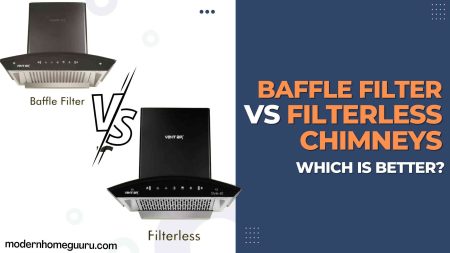
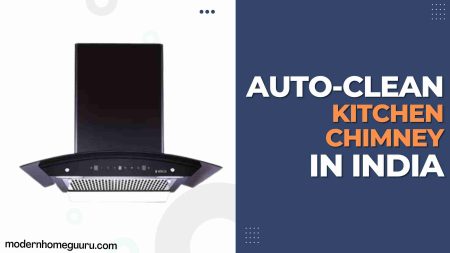
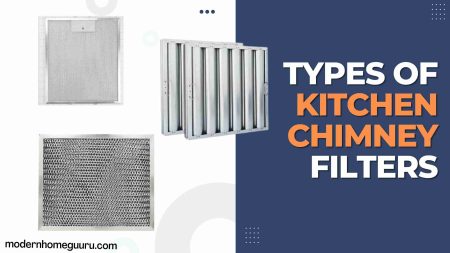
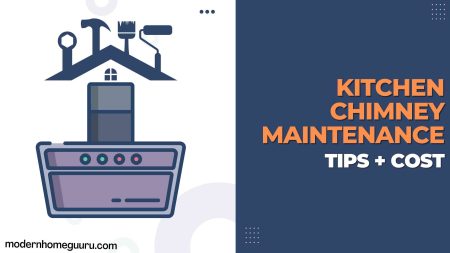
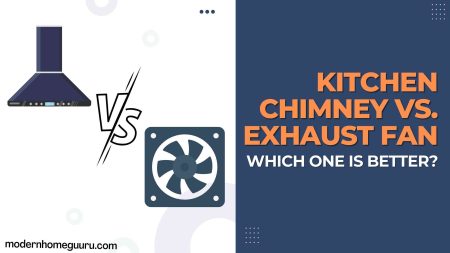
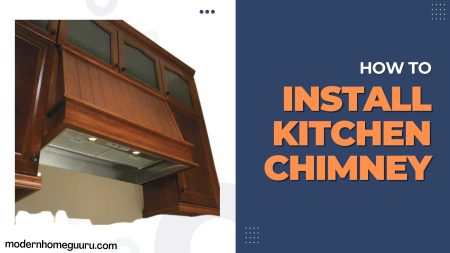
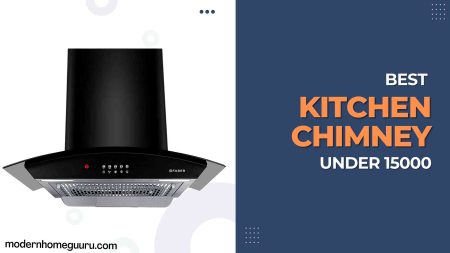
![What is an Auto Clean Chimney [Work + Benefits]](https://truereviews.co.in/wp-content/uploads/2022/06/What-is-an-Auto-Clean-Chimney-1-450x253.jpg)
Leave a Reply